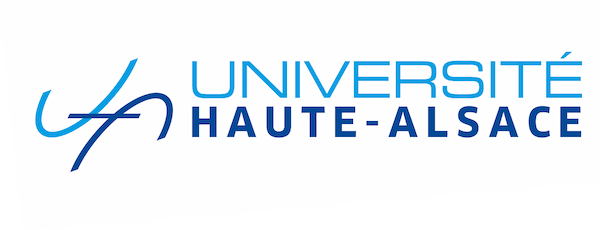Léa Munich’s thesis defence

The 2024/10/01
From 2:00pm to 6:00pm
Event details :
Title of thesis: Cooperative game theory for business: sharing common costs.
Composition of the jury :
M. Sylvain BÉAL, Professor, University of Franche-Comté, Besançon (Thesis co-director).
M. Yannick GABUTHY, Professor, University of Lorraine, Nancy (Thesis supervisor).
M. Pierre DEHEZ Professor Emeritus, University of Louvain, Louvain-la-Neuve.
M. Francis BLOCH Professeur, Université Paris 1 Panthéon Sorbonne, Paris (Rapporteur).
Mrs. Agnieszka RUSINOWSKA, CNRS Research Director, University Paris 1 Panthéon-Sorbonne, Paris (Rapporteur).
Ms Claire BORSENBERGER, Head of the Doctrine and Modelling Department, Directorate of Regulation and Research, La Poste Group, Paris.
Summary of the thesis: Allocating common costs is a real challenge for companies. These costs are indirectly attributable, i.e. there is no objective and indisputable basis for their allocation. This is why their allocation is the subject of this thesis. Fair allocation of common costs is essential for both private and public companies. It makes it possible to carry out an accurate cost-benefit analysis and to judge the profitability of the company’s activities. What’s more, public companies, which are often responsible for an essential service, need to allocate all their costs precisely so that they can charge fairly for access to the service. The aim is therefore to devise a method that enables common costs to be allocated accurately and fairly. The theory of cooperative games can be used to address this type of problem and provide fair sharing methods. The development of a cooperative game makes it possible to measure the individual contribution of agents to common costs. It is therefore possible to identify the share of the costs that is due to each agent and to determine, on this principle, fair sharing methods. In the first chapter, cooperative game theory is used to allocate the common costs of a utility’s distribution network between its activities and its obligations. In the second chapter, the objective is to minimise the costs of using a non-rival infrastructure. The third chapter focuses on the allocation of the costs of cleaning up diffuse pollution between several jointly responsible companies.






